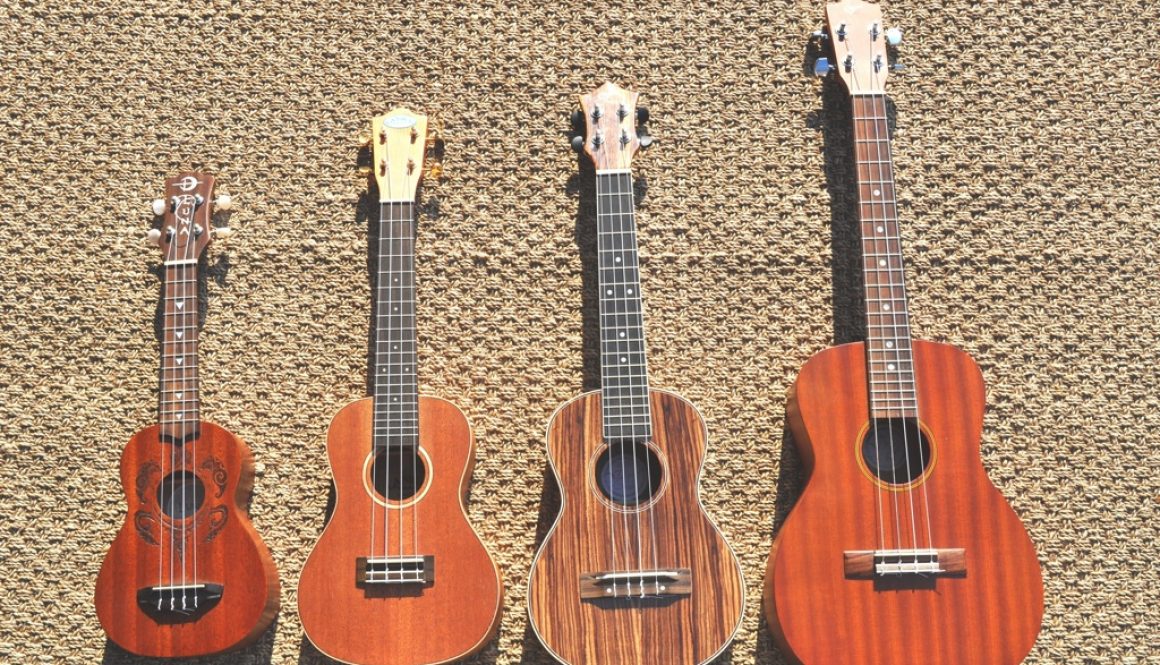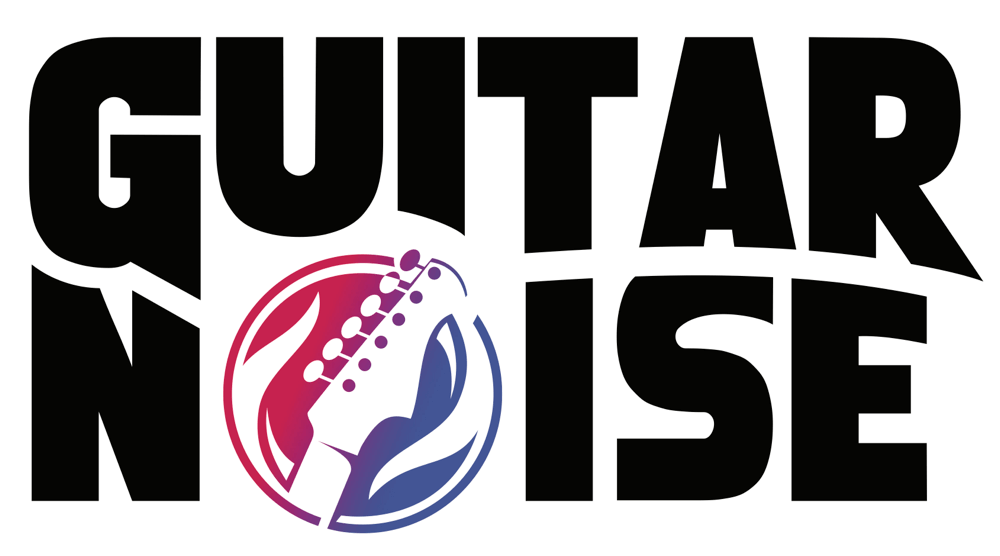Ukuleles – Separating Instruments from Ornaments and Toys

The ukulele is currently riding a wave of popular appeal. Or one might say its latest wave, since the musical instrument has had numerous periods of popularity in its short history. Owing to some incredibly talented players, such as Jake Shimabukuro, as well as to popular rock stars like Eddie Vedder, and to the incredibly huge numbers of YouTube videos featuring the little instrument, the uke is getting major attention from people all over the world.
As a musical instrument, the ukulele has a lot to offer and a lot of advantages. It’s easily portable. If fact, if you’re looking for a travel guitar, something to take along with you on airplane trips, you might want to seriously think about getting a ukulele instead. You can readily store it in either the overhead compartment on under your seat. It’s definitely a lot easier to cart around than a guitar and also offers you a chance to do most of the same practicing routines that you’d work on with your six-string.
That’s not to say you should think of the ukulele and guitar as interchangeable instruments. Far from it! The uke has a unique voice and is definitely worthy of your time and study and practice all on its own.
However, just as with other instruments, if you’re serious about picking up the ukulele as a musical instrument, you have to take care to get yourself an instrument that can be played like a musical instrument. Over its history, the ukulele has had to overcome many serious musicians regarding it as little more than a toy or a novelty. Just like the guitar, there are more than a number of uke manufacturers who put out product that is, shall we say, more appropriate for a child’s playroom than for the stage.
Using your guitar instincts can be very helpful when buying your first ukulele. You certainly may not want to purchase a top of the line model right off, especially before you’ve determined whether or not you’re likely to seriously play the instrument. But you certainly do want to get an instrument that provides you with ease of playing and encourages you to play and practice as often as possible.
In case you’re totally new to ukuleles, the first thing that you want to think about is which size ukulele you want to purchase. Ukes come in four standard sizes – soprano, concert, tenor and baritone – shown from left to right here:
The soprano ukulele in this photo is 21 inches long, measured from the end of its headstock to its bottom. The concert ukulele (second from left) is just a little over 23 inches long while the tenor ukulele (second from the right) measures about 26 ¼ inches. The baritone ukulele at the far right comes in just shy of 30 ½ inches.
You might find comparing the spacing of the frets of each sized ukulele helpful to your choosing as well. Like the guitar and other fretted instruments, the spacing between the frets of all ukuleles gets smaller as you go up the neck. Since most beginners do their playing within the first five frets of the instrument (the five frets closest to the headstock), it’s good to check out those measurements. In the instruments in this photo, the spacing at the first five frets of the soprano is approximately ¾ inch, the concert is about 7/8 inch and the tenor is just about a full inch. The baritone comes in close to 1 1/8 inches.
By the way (in case you didn’t know), despite their differences in the size of the instrument, the strings of the soprano, concert and tenor ukuleles are all tuned to the same notes. From the string closest to you to the one closest to the floor they go g (the same note as the third fret of the guitar’s high E string), C (the same note as the first fret of the guitar’s B string), E (the same note as the guitar’s open high E string) and A (the same note as the fifth fret of the guitar’s high E string). The baritone ukulele’s strings are tuned to the same notes as the guitar’s four thinnest strings – D, G, B, and E.
Just as with finding a guitar, your first concern should be how comfortable the ukulele feels. Can you hold it easily? Do you find it easy to strum and to fingerpick the strings? Can you manage getting your fingers onto the frets to create notes along the fretboard? Be on the lookout for sharp edges of the frets along either side of the neck.
Likewise, check out the physical construction of the instrument. Are there any cracks in the wood or in the finish? Are the seams glued well? Are the nut and saddle in good condition?
Far and away, the biggest potential problem area with most ukuleles is the tuners. To put it bluntly, cheap ukuleles usually come with cheap tuners, ones that hardly keep the strings in tune for an entire song! Be sure to make sure the tuners of the ukulele you’re thinking about getting hold the strings of the instrument in tune fairly consistently. The last thing you need is to get what you think is a great instrument only to find that you can’t play it for any appreciable length of time because it’s continually going out of tune.
A good rule of thumb is that if you’re in the market for a ukulele and that you intend to play music on it, then you should try to buy one in a music store rather than in a gift shop, souvenir stand or some kind of megastore where they sell everything from diapers to high definition television sets. Likewise, if you’re buying one online, take the time to research the manufacturer and find reviews. And be absolutely certainly that you know everything there is to know about the seller’s return policies!
Even though the ukulele is smaller than the guitar and has fewer strings, you want to spend as much time and energy choosing the best one for you as you would with a guitar. It’s the quality of the instrument, rather than the size, that truly matters.
Peace


Adam
October 30th, 2012 @ 10:47 am
Thanks, David! I always learn a bunch from your articles. I think I’m confused, though. Did I follow the tuning explanation for the non baritone models right? The fourth string (G) is tuned higher than the third string (C) and second string (E)?
David Hodge
October 30th, 2012 @ 12:02 pm
Hi Adam
And thank you for your kind words.
You did indeed get the explanation correctly. Part of the ukulele’s distinct sound comes from this tuning, which is called re-entrant tuning, where the fourth string is tuned higher than the second and third. If you’re tuning to a keyboard, the C string would be tuned to middle C. Then the E string is tuned to the E just above middle C and the G string is tuned to the G above middle C. So hitting those three strings in that specific sequence – C, E, G – gives you a C major arpeggio, running from root (C) to third (E) to fifth (G). The A string is then tuned to the A above middle C, which is one whole step up from the G string.
In some ways, it’s a little like playing a five-string banjo, with a very high note being the first string struck when strumming.
It goes without saying, though, that some folks just don’t like the sound of re-entrant tuning and will buy a thicker gauge G string that can be tuned an octave lower, that note being the G below middle C (the same as the G string on the guitar). For some reason a lot of tenor ukulele players do this (some will even insist it’s the only way to tune a tenor uke), but it can also be done on both the soprano and the concert sizes.
And then there are folks (myself included) that have a separate uke for each of these possible g-strings. Totally up to you, of course!
I hope this helps. As always, feel free to post any further questions you may have here or simply email me directly at [email protected]. I look forward to chatting with you again.
Peace
Mat (The Laughing Bard)
May 21st, 2012 @ 11:45 pm
One way to tell if it’s a toy Ukulele is to look if it has a Sponge Bob logo on it…
Don Spaeth
May 15th, 2012 @ 4:37 am
Lovely introductory Ukulele lesson.
I started collecting vintage ukuleles in 2005–buying mostly on eBay. At the depth of my obsession I had over 50. My wife was shaking her head and making serious threats, so we thinned the herd a bit. While I love the looks and vibe of a soprano ukulele, they are very difficult to play. The fretspace is so small. My favorite playing-out ukulele is the Tenor.
I would recommend playing some vintage ukes–mahogany sounds and looks very different from koa. I love my Martins, but check out Mele Ukulele from Hawaii. Great instruments, roadworthy, beautiful, wonderful tone. Affordable. Gibson and Gretsch vintage ukuleles are available to the dedicated collector.